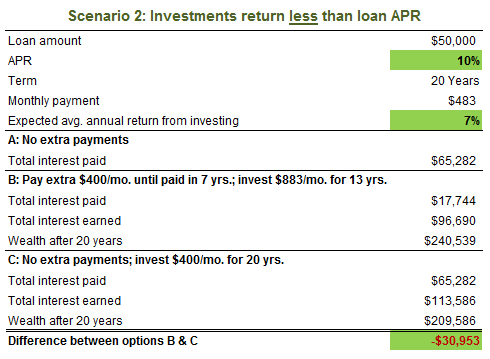Investing in a Low Interest Rate Market Investment U
Post on: 30 Май, 2015 No Comment

by Jason Jenkins Tuesday, April 3, 2012 Wisdom of Wealth
For the last year, the effective federal funds interest rate has been 0.25%. The federal funds rate is considered one of the most important interest rates in the U.S. markets.
The federal funds rate is used to control the supply of available funds and hence, inflation and other interest rates. Raising the rate makes it more expensive to borrow. That lowers the supply of available money, which increases the short-term interest rates and helps keep inflation in check. Lowering the rate has the opposite effect, bringing short-term interest rates down.
In this incredibly low interest rate environment, there are some investments you’ll probably want to avoid, as well as some better choices for where to invest.
Long-Term CDs or Bonds Aren’t the Way
The average one-year CD is around 0.34%. If you go with a longer-term five-year CD, you may get 1.14%. We know rates are locked for the next few years, but the one-year is nowhere near inflation. With the rate so close to zero, buying a long-term CD locks in long-term to really low rates. Nobody wants to find himself in that predicament.
One thing taught in college finance 101 is that bonds have a strong inverse link to interest rates. That is, when market interest rates increase, the prices of existing bond issues decrease. In addition, the longer it is to the bond’s maturity, the more sensitive its price is to changes in the market interest rate. The longer you’re exposed to the market, the more risk you take on.
Equities and Short-Term Bonds…
Low rates are loved by the markets – look at the way they react to any hint of quantitative easing. In theory, if you can borrow money at lower rates, you’re more willing to be a player and grow. Hopefully this action translates into earnings and a rising stock price.
As Investment U bond expert Steve McDonald preaches, short-term bonds work because they’re much less sensitive to changes in rates. Better yet, if you hold it to maturity, the bond’s price becomes less important because you get back the principal. Due to its nature, short-term bond rates aren’t that high, but a modest return still beats one that causes you to lose spending power.
The Interesting Twist
The Fed, as I mentioned before, intends to keep money artificially cheap — keep low rates so that it’ll be easier for people to borrow money, invest it in expensive things of lasting value that require long-term financing, and keep your fingers crossed that this will be a catalyst for a stronger recovery.
But it hasn’t worked out that way. Unemployment hovers at historic highs, so it’s hard to take advantage of these rates when you’re not sure about your income. This isn’t so much of an issue of liquidity but one of confidence.
Despite the uncertainties involved, equities remain one of the better choices if you like other fundamental indicators in the economy. They give a chance to benefit from low interest rates, and generally aren’t expected to decline sharply when interest rates rise.














